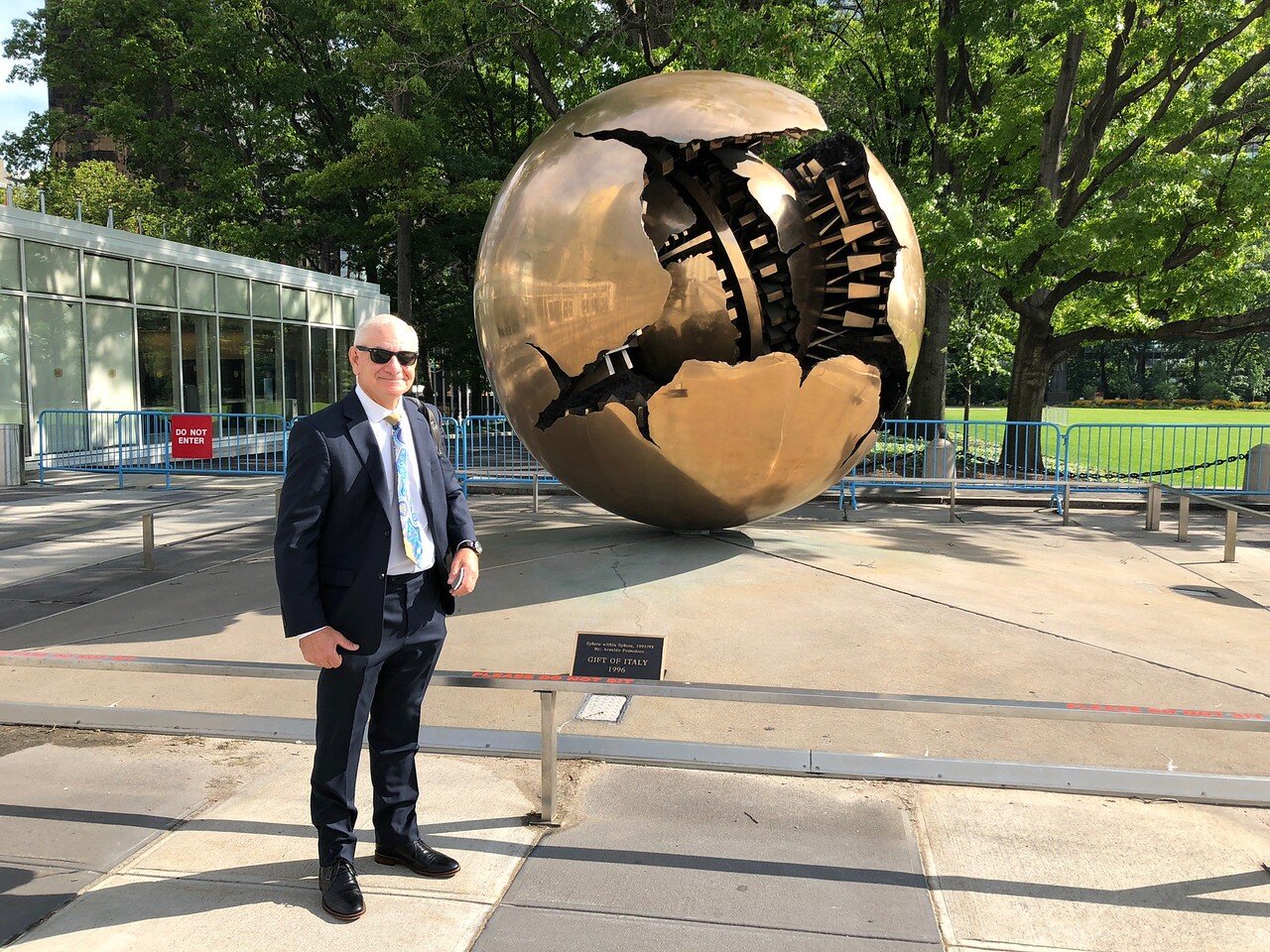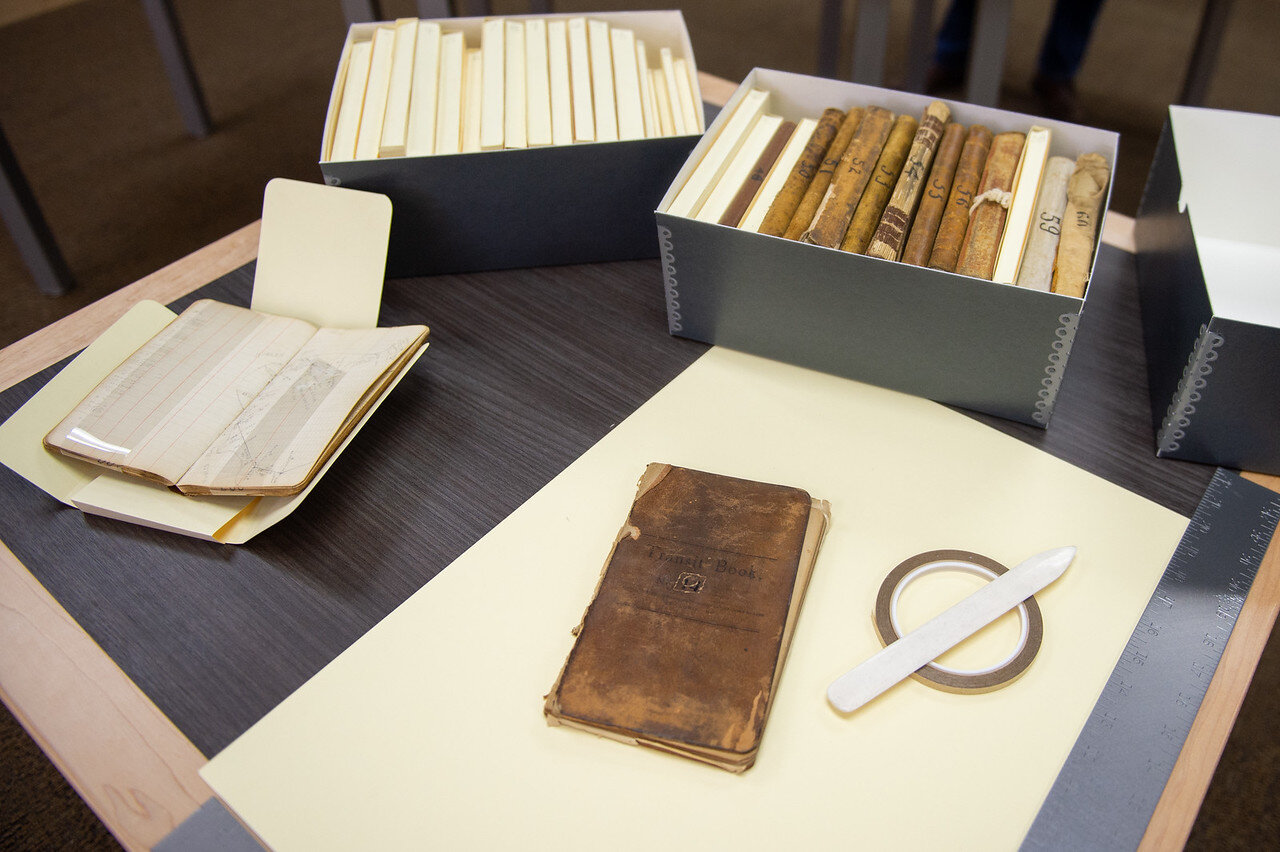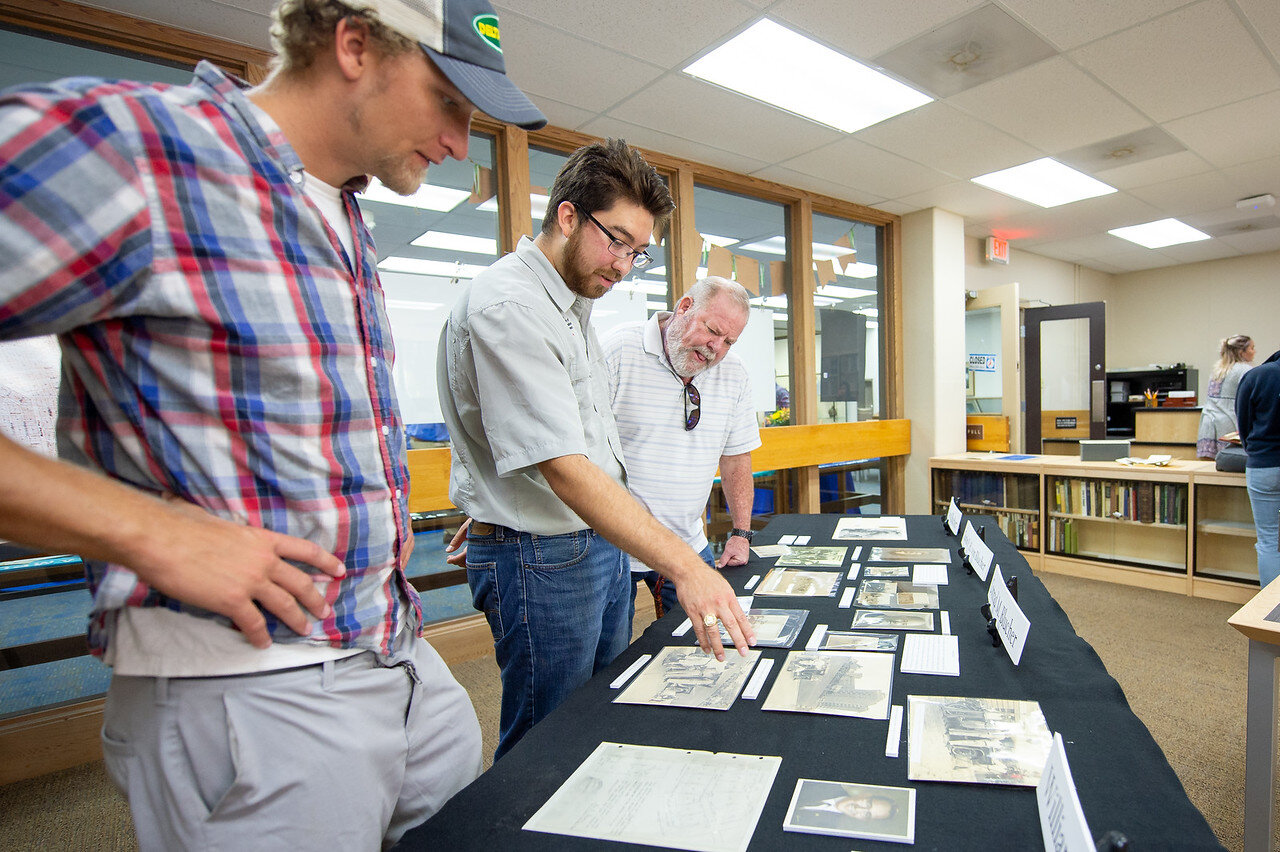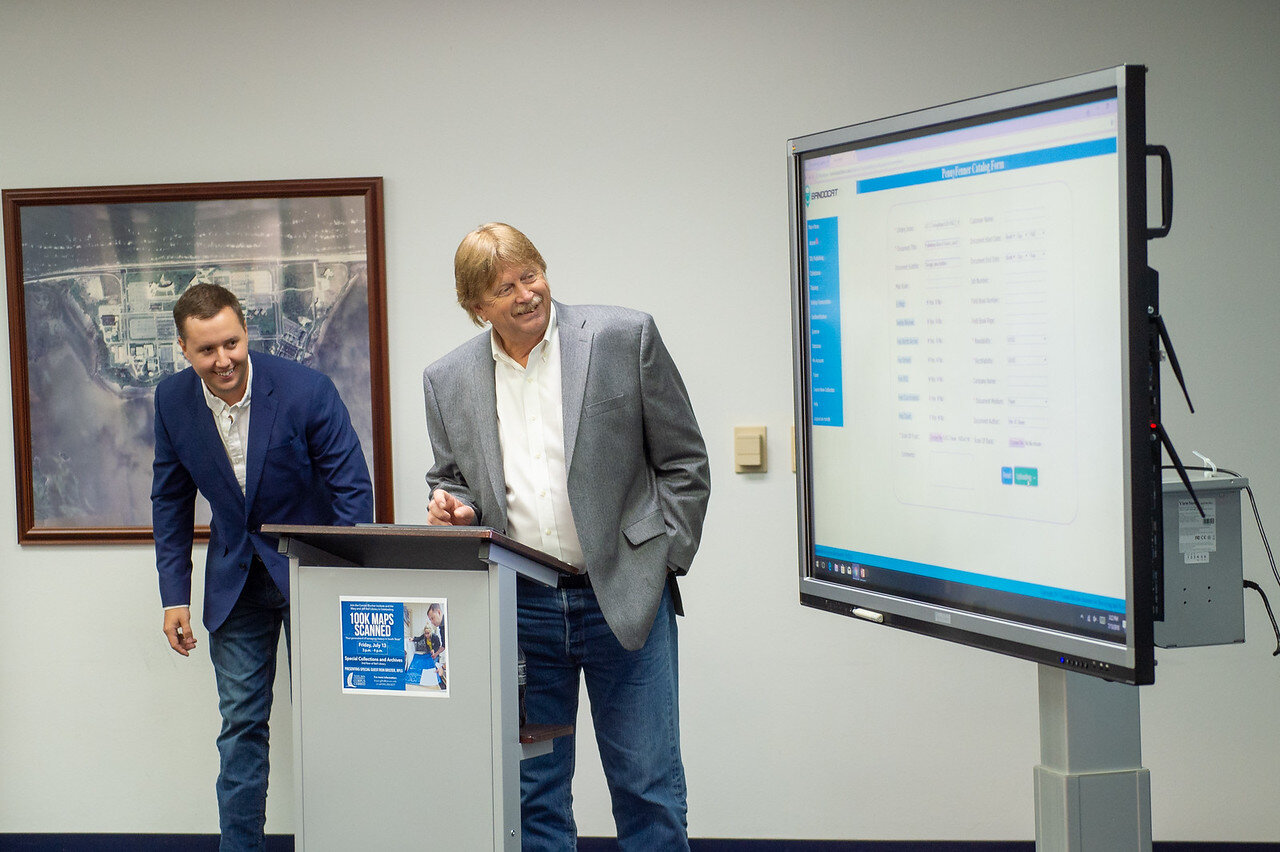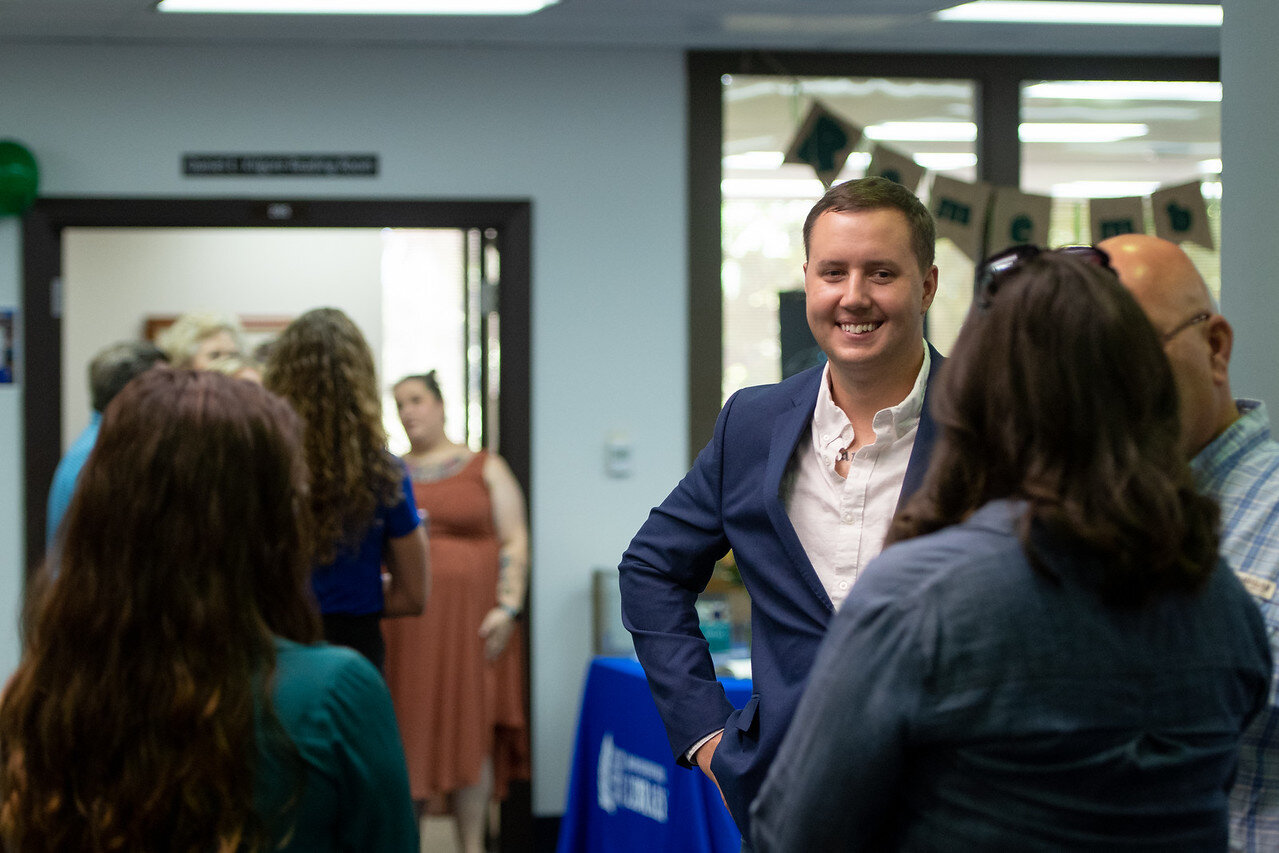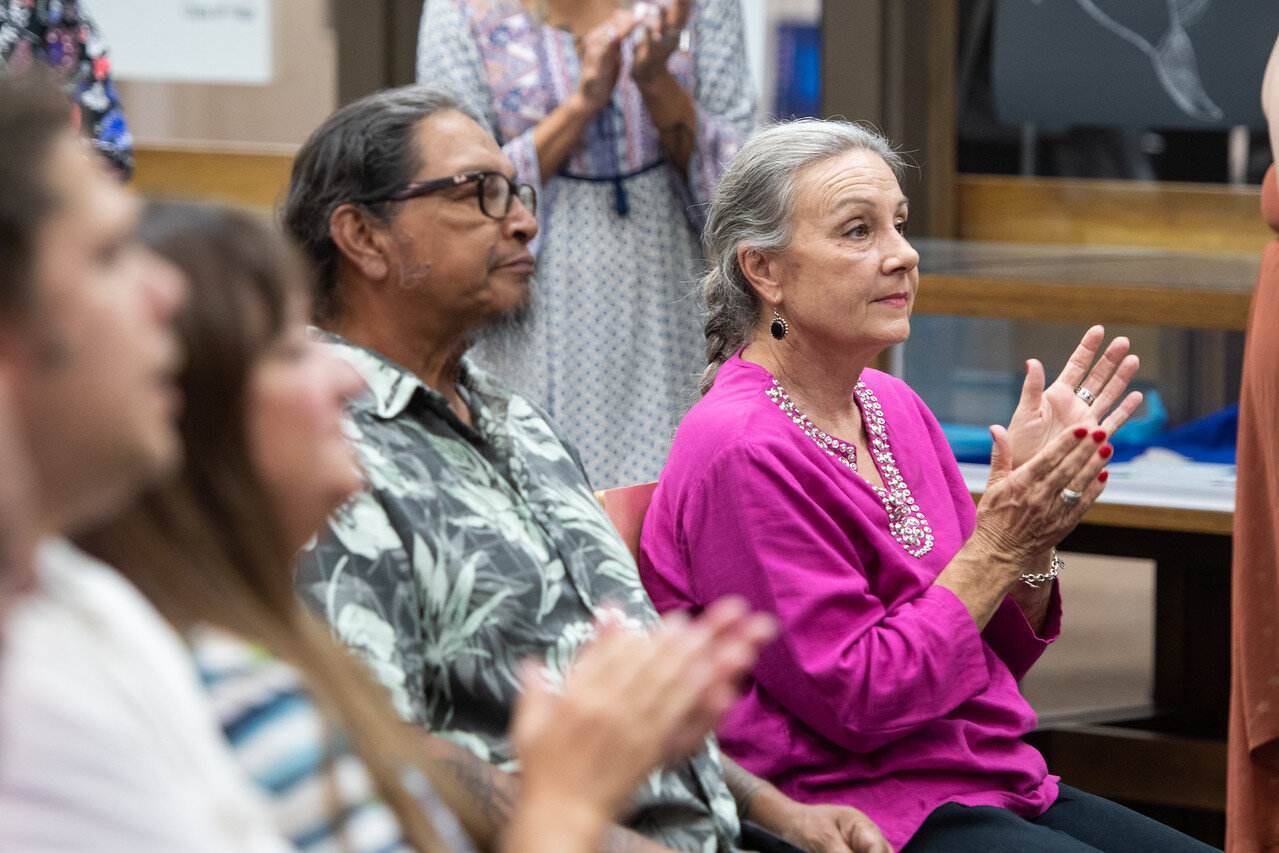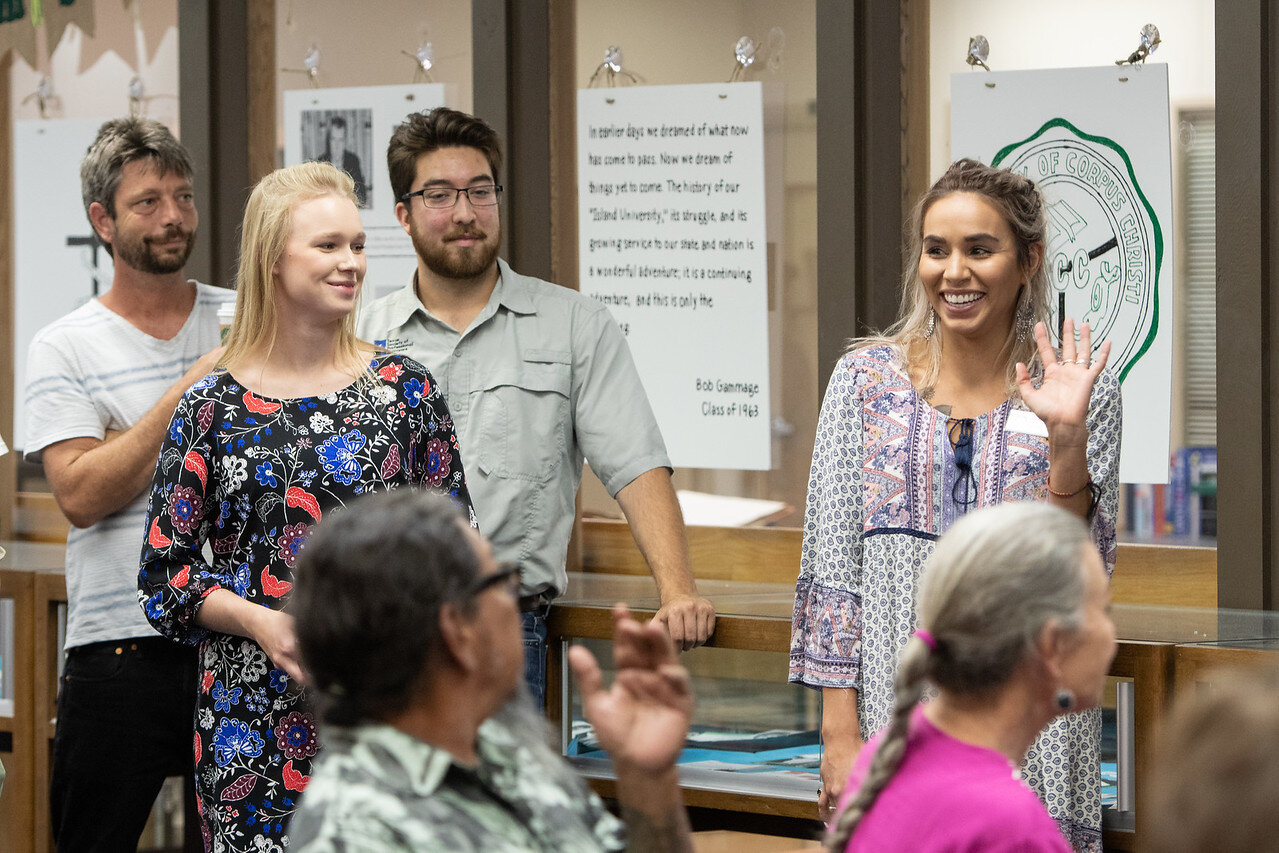

















CORPUS CHRISTI, Texas – From a relaxing boat ride to the Laguna Madre Field Station to a feast of savory Cajun-style shrimp, Islander alumni, faculty, and staff enjoyed an idyllic afternoon of science, food, and sunshine as part of the 2018 Alumni Shrimp Boil, hosted by the College of Science and Engineering at Texas A&M University-Corpus Christi on Oct. 27. Guests gathered to reconnect and celebrate Dr. Diana Ida Sanchez Marinez, COSE dean emerita and a founding member of the Society for Advancement of Chicanos/Hispanics and Native Americans in Science (SACNAS).
Each year, the COSE Alumni Shrimp Boil recognizes a deserving faculty member or alumnus who has contributed greatly to the college. During the celebration, Marinez was honored with an award to symbolize her legacy, and her name was engraved on a brass plate, which will be hung in the dean’s suite on campus.
“Today’s honoree was my predecessor. When I arrived in 2006, there was already a foundation and a culture of research in place that had been growing during Dr. Marinez’s time,” said Dr. Frank Pezold, current COSE dean and professor. “She made a difference and worked diligently to set the stage for where we are as a college today.”
Marinez came to Texas A&M-Corpus Christi in 1994, when the COSE was originally called the College of Science and Technology. Upon her arrival, Marinez had the vision to foster competitive research of all levels at the Island University. At the time, the Center for Coastal Studies was the main hub of research for the college and she empowered like-minded faculty to develop research, improve the curriculum, and provide undergraduate students with more hands-on experience and exposure to other great scientists in the college.
“I had the opportunity to build and develop a vision for a strong science program in South Texas,” shared Marinez. “That’s not a privilege many deans have, and I didn’t do it alone – I did it with a dedicated faculty and staff who wanted to bring our vision to life.”
Marinez’s educational leadership extends beyond Texas. She was an advisor for the National Kellogg Fellowship Program from 1993 to 1996 and has served on committees and panels for the National Academy of Sciences, National Institutes of Health, National Science Foundation, and American Association for the Advancement for Science. She is also a board member for the South Texas Institute for the Arts.
After 13 years working at the University, Marinez is now enjoying her retirement. She stays active in her community of Lansing, Michigan and monitors immigrant issues – and of course, she still mentors students like Islander alumnus Matthew Cruz, who benefited greatly from the research opportunities she created.
“I’d like to say thank you to Dr. Marinez for giving Mexican-Americans the opportunity to thrive in science,” shared Matthew Cruz, `16. “SACNAS plays a huge part in our education, and being able to meet other scientists, who come from similar backgrounds, inspired me to pursue a master’s degree.”








